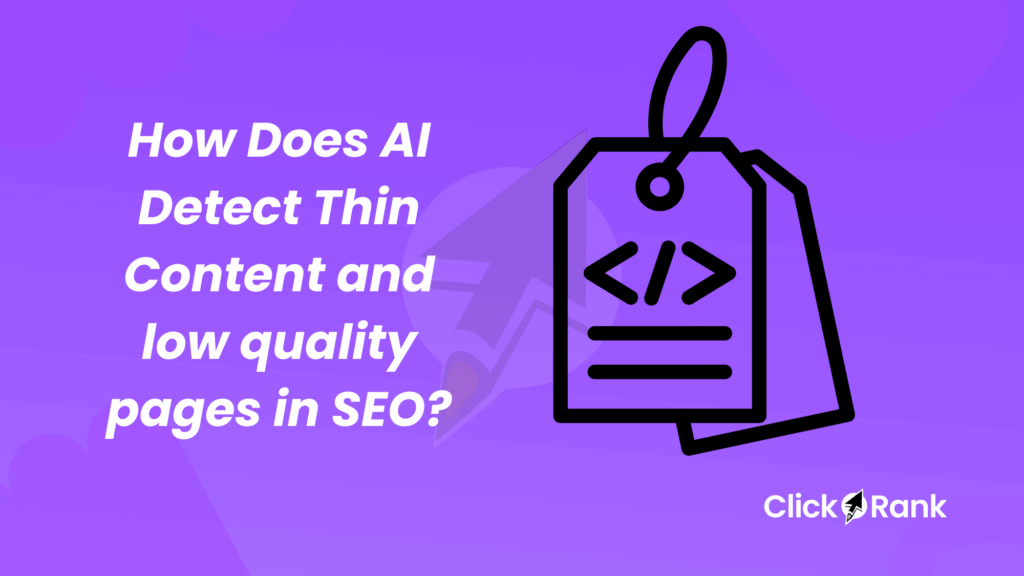What Is International SEO?
International SEO is the practice of optimizing a website so that search engines can easily identify which countries and languages it should target. While traditional SEO focuses on improving rankings within one market, International SEO expands that scope to multiple countries, languages, and cultural contexts.
The difference between International SEO and regular SEO lies mainly in complexity. Standard SEO aims to reach audiences within one geographic or linguistic segment, whereas International SEO coordinates technical setups, content strategies, and localization efforts to serve audiences across borders. This involves using signals like hreflang tags, geotargeting, and multilingual SEO techniques.
Global businesses need International SEO to increase visibility in overseas markets, deliver culturally relevant experiences, and compete with local players in those regions. Without it, even the best product can remain invisible to potential customers abroad.
How Search Engines Handle International SEO Targeting?
Search engines use a mix of algorithms, user location data, and content signals to deliver the most relevant results for a given region or language.
Key factors include:
- Geotargeting signals such as domain extensions (.fr, .de), IP addresses, and Google Search Console settings.
- Content language detection based on HTML markup and hreflang usage.
- User search behavior like local keyword phrasing.
Google vs. Bing vs. Baidu vs. Yandex:
- Google prioritizes hreflang and location targeting through Search Console.
- Bing considers language meta tags and server location more heavily.
- Baidu favors Chinese hosting and .cn domains.
- Yandex uses regional directory settings to determine local results.
What Are The Key Benefits of International SEO?
Access to Larger, Global Markets
- With effective International SEO, your website becomes discoverable to millions of potential customers across multiple countries.
Improved User Experience for Different Regions/Languages
- A tailored multilingual Advanced SEO strategy ensures visitors can consume content in their preferred language.
Increased Brand Authority Worldwide
- Appearing in local search results boosts trust and positions your brand as an established player in that market.
Boosting Conversions Through Localization
- Cultural adaptation, local payment options, and regional offers often lead to higher conversion rates.
International SEO vs. Local SEO
- Scope:
Local SEO targets a small geographic area; International SEO targets multiple countries or languages.
- When to Choose:
Use Local SEO for brick-and-mortar reach; use International SEO for cross-border expansion.
- Integration:
Many brands integrate both strategies to dominate their home market while growing globally.
What Are The Core Components of International SEO?
1. Hreflang Tags
Hreflang tags tell search engines which language version of a page to display to users. Without them, you risk duplicate content issues or showing the wrong version.
Common mistakes:
- Incorrect ISO codes
- Missing reciprocal links
- Using relative URLs instead of absolute
2. Geotargeting Settings
Google Search Console allows you to target specific countries. You can also signal location through:
- ccTLDs (example.fr)
- Subdomains (fr.example.com)
- Subdirectories (example.com/fr/)
3. Multilingual Content Strategy
Human translation is best for accuracy and cultural nuance, while machine translation may be acceptable for low-priority pages. Always adapt tone, idioms, and context for each region.
4. Culturally Adapted User Experience
Design should match local preferences colors, layout, and imagery may carry different cultural meanings.
Payment methods and currencies should match the target market.
5. International Keyword Research
Use regional keyword tools to discover local search terms, including slang and seasonal variations.
6. Technical SEO for Global Sites
Optimize site speed for international visitors using CDNs, server locations, and caching. Ensure mobile performance is strong across varying network speeds.
7. Mobile Optimization in Different Countries
Some markets rely heavily on mobile due to limited desktop access. Adjust image compression, font sizes, and navigation for lower bandwidths.
How to Structuring Your Website for International SEO?
Choosing the Right Domain Strategy
- ccTLDs: Strong local signals, higher trust.
- Subdomains: Easier to separate regions, but weaker signals.
- Subdirectories: Easier maintenance, but less authoritative locally.
Pros & Cons of Each Structure
- ccTLDs: + Strong targeting, – Expensive to maintain multiple domains.
- Subdomains: + Clear separation, – Can split link equity.
- Subdirectories: + SEO consolidation, – Weaker local trust.
How to Make Link Building for International SEO?
- Acquire backlinks from local news sites, bloggers, and directories.
- Run PR campaigns in each region.
- Leverage multilingual SEO outreach to engage local influencers.
How to Tracking & Measuring International SEO Performance?
The Key Metrics to Track:
- Organic traffic by country
- Keyword rankings per region
- Local conversion rates
Recommended Tools
- Google Search Console International Targeting report
- Of course clickrank, try our SEO Free Tools .
What Are The Common International SEO Mistakes to Avoid?
- Using machine translation without human review.
- Incorrect hreflang setup.
- Duplicating content without localization.
- Ignoring cultural preferences in visuals and messaging.
Case Studies of Successful International SEO
- IKEA: Uses localized product names and content.
- Nike: Adapts campaigns for cultural resonance.
- Airbnb: Combines translation with local community engagement.
What is The Future of International SEO?
- AI-driven translation for faster rollout.
- Voice search optimization across languages.
- Entity-based search where context matters more than keywords.
Mastering International SEO means combining technical precision, cultural awareness, and strategic targeting. Whether through hreflang, local keyword research, or a strong multilingual SEO plan, success comes from thinking like a local in every market.
For advanced tools and AI-driven SEO insights, visit clickrank.ai and take your global SEO performance to the next level.
What is the difference between multilingual SEO and international SEO?
Multilingual SEO focuses on multiple languages; International SEO also includes country targeting and cultural adaptation.
Do I need hreflang tags for all multilingual sites?
Yes, if targeting different languages or countries.
Which is better for global SEO, ccTLD or subdirectory?
ccTLDs give stronger local signals; subdirectories are easier to manage.
Can I use automatic translation tools for international SEO?
Not for core pages, they often miss cultural nuance.
How long does it take to see results?
Around 3–6 months depending on competition and quality.


